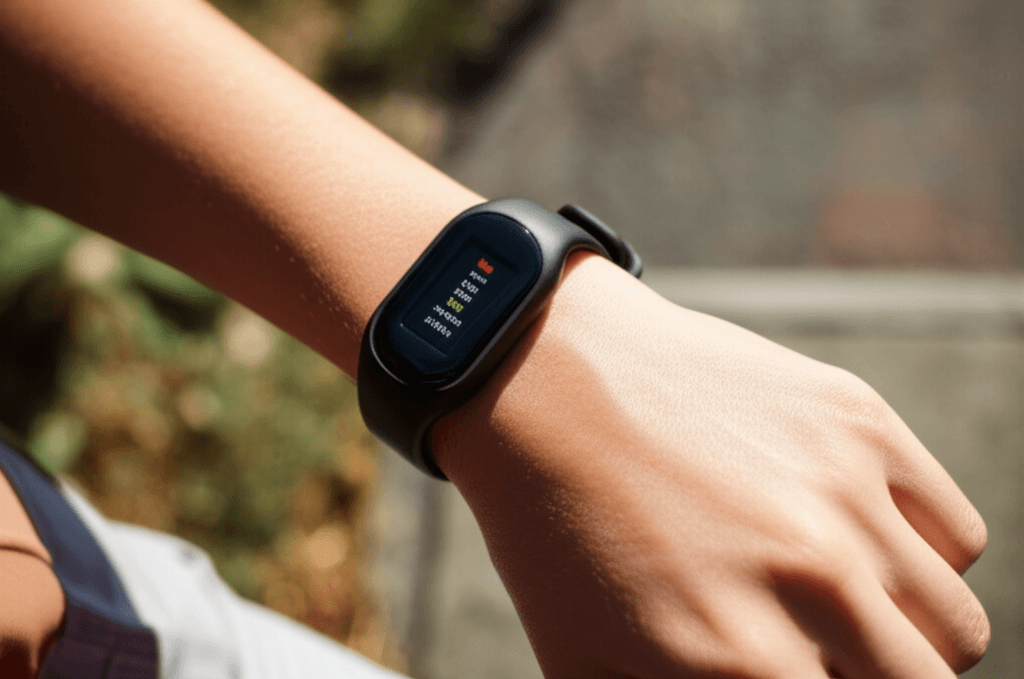In a world often pushing for intense workouts and complex fitness routines, the humble act of walking remains one of the most accessible and profound ways to improve overall health. More than just a means of getting from one place to another, a daily walk can unlock a cascade of physical and mental benefits, and with the advent of fitness trackers, it can even help you earn valuable “My Wellness” points through various corporate and organizational programs.

The Myriad Health Benefits of Walking
Walking is a weight-bearing exercise that carries a remarkable array of advantages, making it an ideal activity for nearly all ages and fitness levels. Its simplicity belies its power to transform your well-being.
Bolstering Cardiovascular Health
Regular brisk walking is a powerful ally against heart disease and stroke. It elevates your heart rate, lowers blood pressure, and strengthens the heart muscle itself, significantly improving cardiovascular and pulmonary fitness. For instance, women who walk 30 minutes a day can reduce their risk of stroke by 20%, and up to 40% if they increase their pace.
Strengthening Bones and Joints
Far from being hard on your joints, walking actually supports them. It helps to maintain bone density, which can be crucial in preventing osteoporosis, and keeps joints lubricated and flexible, easing pain and stiffness, particularly for individuals with arthritis. It strengthens the muscles supporting your joints, offering protection against further damage.
Managing Weight and Body Composition
Walking is an effective tool for weight management. A brisk 30-minute walk can burn approximately 200 calories, and consistent walking helps reduce overall body fat. Integrating walks into your daily routine is a sustainable way to lose weight and keep it off.
Elevating Mood and Mental Well-being
The benefits of walking extend beyond the physical. It’s a natural mood booster, releasing pain-killing endorphins that can lighten your mood and reduce feelings of stress and tension. Studies suggest that more daily steps correlate with improved moods. Walking also enhances cognition, memory, and sleep quality.
Boosting Immune Function and Energy Levels
Regular walking can strengthen your immune system, potentially reducing your risk of developing common illnesses like colds and the flu. Furthermore, it acts as a natural energy booster, combating fatigue and increasing overall vitality.

Enhancing Your Wellness Journey with Fitness Trackers
Fitness trackers have revolutionized how individuals monitor their physical activity, providing real-time data on steps taken, distance covered, calories burned, and even sleep patterns. These devices serve as powerful motivators, helping you set goals, track progress, and stay consistent with your walking routine.
By passively collecting data throughout your day, fitness trackers make it easy to see the cumulative effect of your movement, encouraging you to take that extra flight of stairs or walk an additional block. Many trackers also offer reminders to move, gentle nudges that can break up long periods of sitting.

Earning Rewards: Syncing Your Fitness Tracker for My Wellness Points
Many employers, insurance companies, and health organizations offer “My Wellness” or similar wellness rewards programs designed to incentivize healthy behaviors, including physical activity like walking. These programs often utilize a point system, where completing eligible activities earns you points that can then be redeemed for various rewards, such as gift cards, FSA/HSA contributions, or discounts.
A key feature of many of these programs is the ability to seamlessly sync your personal fitness tracker to their wellness portal, automating the process of earning points for your steps and activity minutes.
How to Sync Your Fitness Tracker to a Wellness Portal
While specific instructions may vary slightly depending on your wellness program provider (e.g., MyWellPortal, Prisma Health, Marquette University’s My Wellness, or Wellness360), the general process for connecting your fitness device is straightforward.
- Log In to Your Wellness Portal: Access your specific wellness program’s website or app using your username and password.
- Navigate to Device Connection: Look for sections like “My Rewards,” “My Challenges,” “Account Settings,” or “Connected Devices” on your dashboard.
- Select Your Device: Find your fitness tracker (e.g., Fitbit, Garmin, Apple Health, Google Fit, Strava) from the list of compatible devices and select “Connect” or “Authorize”.
- Authorize Data Sharing: You will typically be redirected to your fitness tracker’s own website or app to log in and explicitly authorize the wellness portal to access your activity data. This ensures your privacy and control over your health information.
- Confirm Sync: After authorization, you should see a confirmation on your wellness portal, often with a timestamp of the last successful sync. Initial syncs might take up to 24-48 hours to fully process.
Important Considerations:
- One Device at a Time: Most portals only allow one activity tracker to be active at a time for syncing.
- Regular Syncing: Ensure your fitness tracker regularly syncs with its own app or online account, as the wellness portal typically pulls data from there, not directly from the physical device. Some platforms automatically collect data from tracker manufacturers’ databases every 15 minutes for the current day, and hourly for the prior day.
- Apple Health and Samsung Health: For these platforms, you might need to use a specific app (like the ChallengeRunner app or Navigate Wellbeing App) to transmit data in real-time to the wellness portal, as they don’t have a central database like other trackers.
- Troubleshooting: If you encounter issues, check the FAQ or support section of your wellness portal. Many offer specific guidance for common problems, such as turning off “auto-recognize activity” features on some devices to prevent duplicate entries.
By taking advantage of your fitness tracker’s ability to sync with your wellness program, you can effortlessly accumulate points for your daily walks and other healthy activities. This not only motivates you to stay active but also allows you to reap tangible rewards for prioritizing your health.







